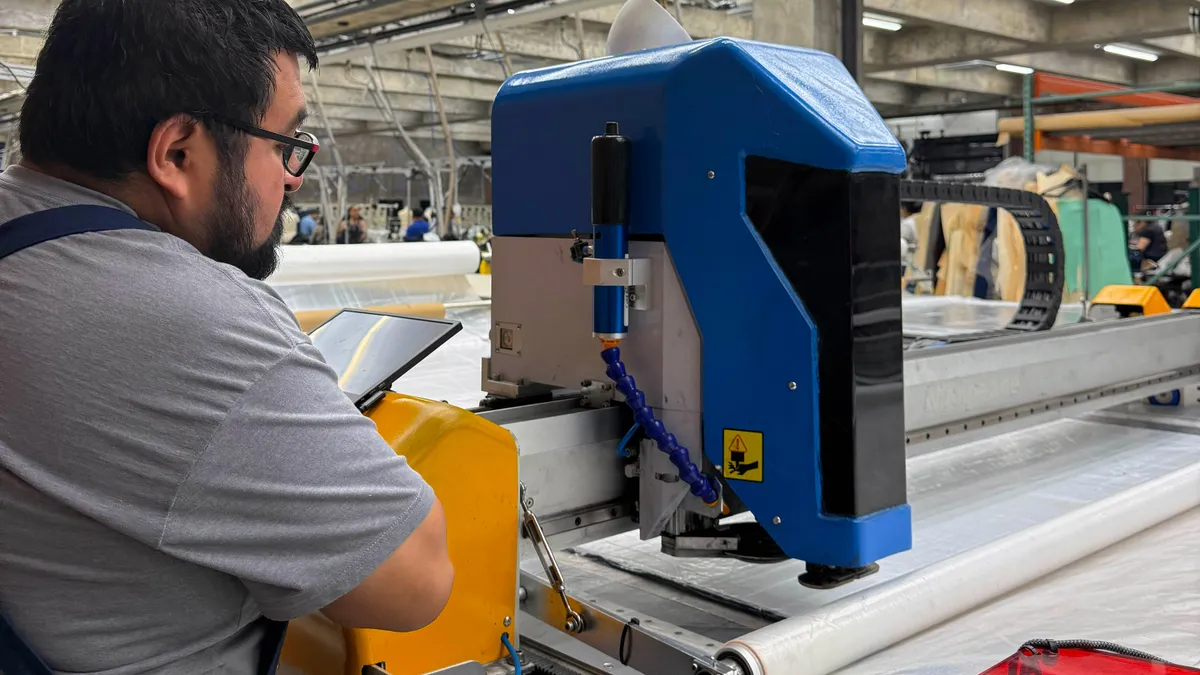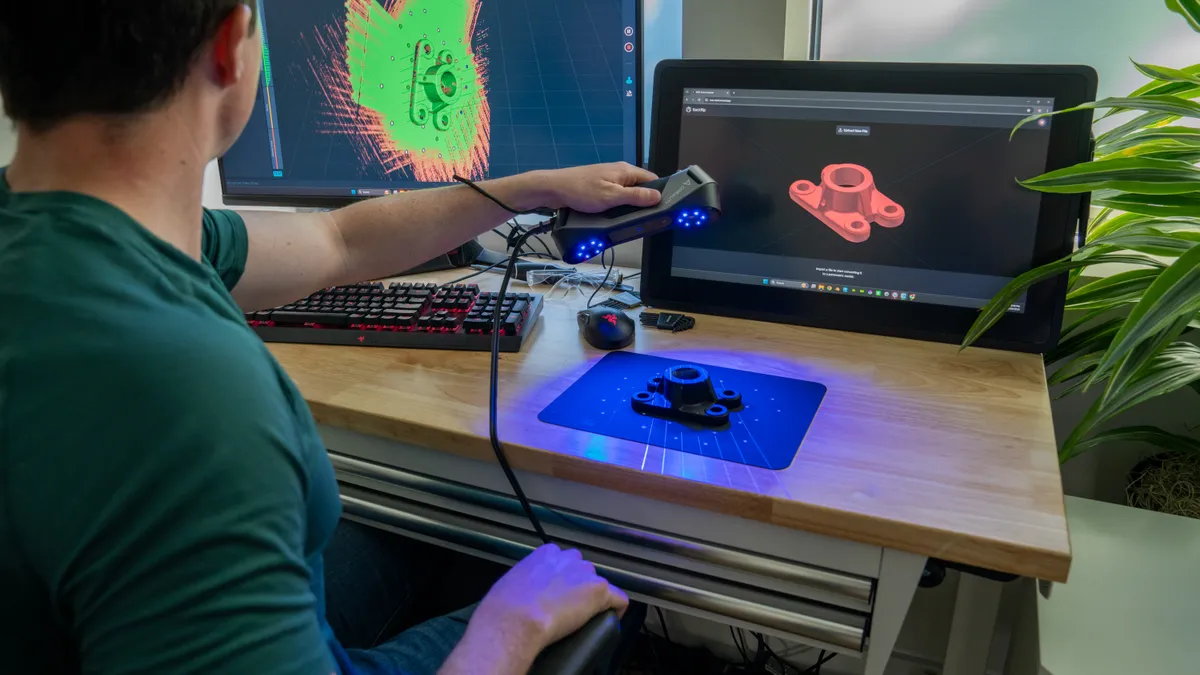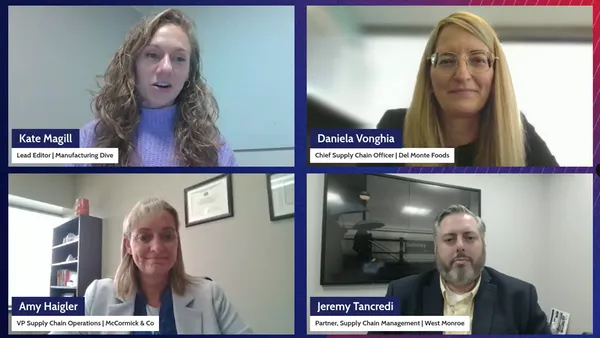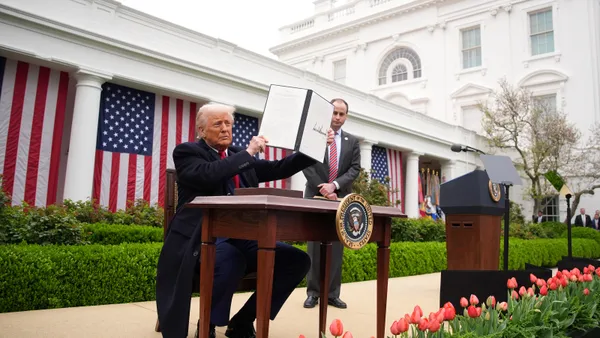Dive Brief:
- General Motors is leading a $60 million series B financing round in Mitra Chem, a Silicon Valley-based developer of iron-based cathode active materials used to manufacture electric vehicle batteries, the automaker said Wednesday.
- Mitra Chem employs machine learning models to synthesize and evaluate thousands of different battery chemistries each month, significantly shortening development time and getting EV batteries to market faster.
- Iron-based battery cathode materials are more sustainable than other materials since they eliminate the need for raw materials like nickel and cobalt.
Dive Insight:
GM’s investment comes as companies race to develop less costly, more environmentally friendly batteries for EVs. The automaker's current Ultium EV batteries use a more expensive nickel-cobalt-manganese-aluminum cathode. GM expects the investment to accelerate its development of more affordable batteries in the U.S.
Mitra Chem’s AI-powered technology can test battery cell life and reduce development times by up to 90%.
“This is a strategic investment that will further help reinforce GM’s efforts in EV batteries, accelerate our work on affordable battery chemistries like [lithium manganese iron phosphate] and support our efforts to build a U.S.-focused battery supply chain,” said Gil Golan, GM vice president, technology acceleration and commercialization, in a statement.
The battery pack is the most expensive EV component, and high battery costs are one of the greatest barriers to widespread EV adoption. It’s one of the reasons why EVs cost much more than comparable internal-combustion engine vehicles today.
In 2022, the volume-weighted average cost of manufacturing batteries was $151 per kWh, according to BloombergNEF. Using this estimate, the 65kWh lithium-ion battery in the Chevy Bolt EUV costs roughly $9,800 to produce. However, due to inflation and the rising costs of raw materials like nickel, the cost of manufacturing batteries has increased by around 7% since last year. It’s the first increase since 2010, BloombergNEF reported.
High battery costs are one of the reasons why Tesla decided to reduce the use of nickel and cobalt and switch to less expensive cathode materials for its EV batteries. In October 2021, Tesla announced it would switch to lithium-iron-phosphate batteries for its standard-range EVs.













